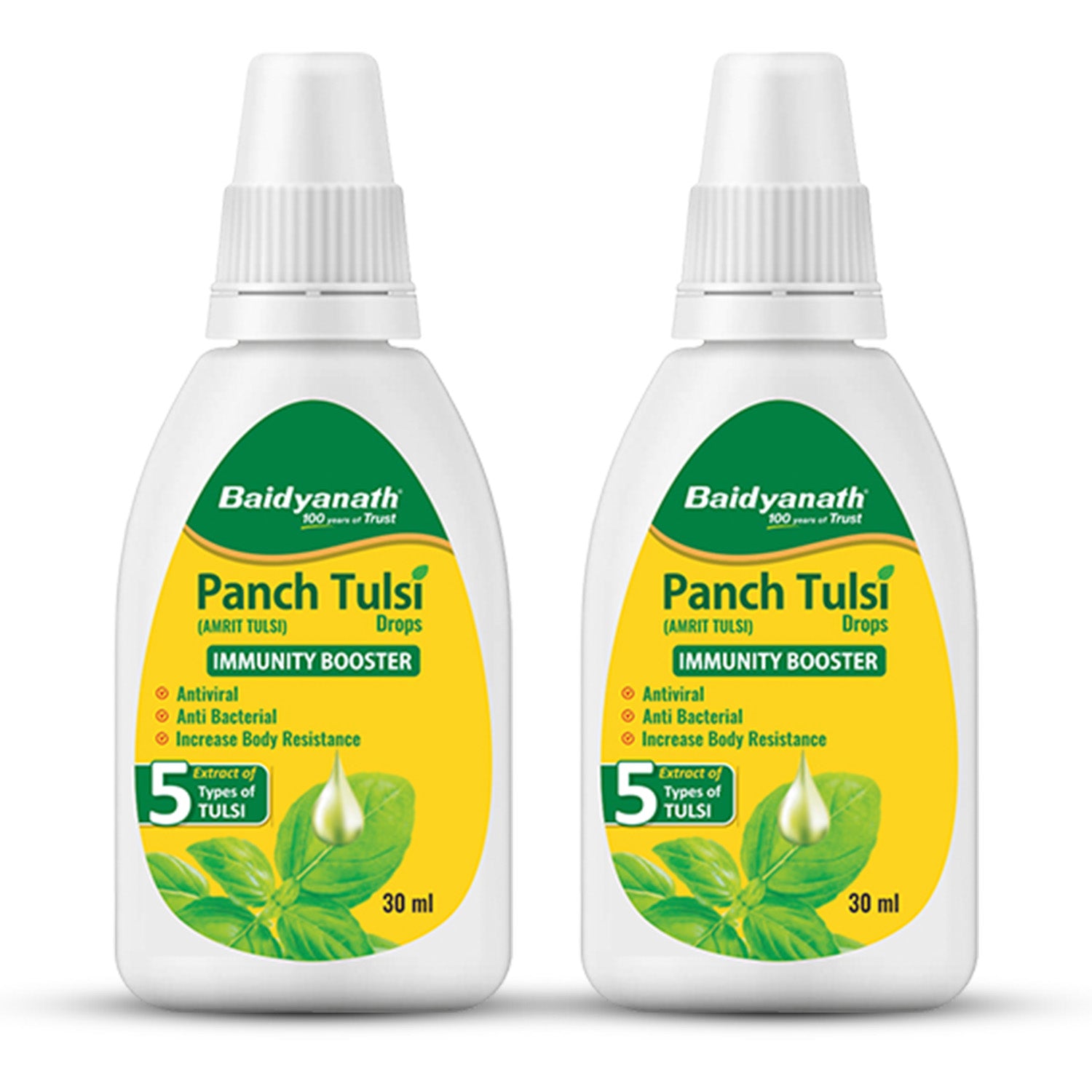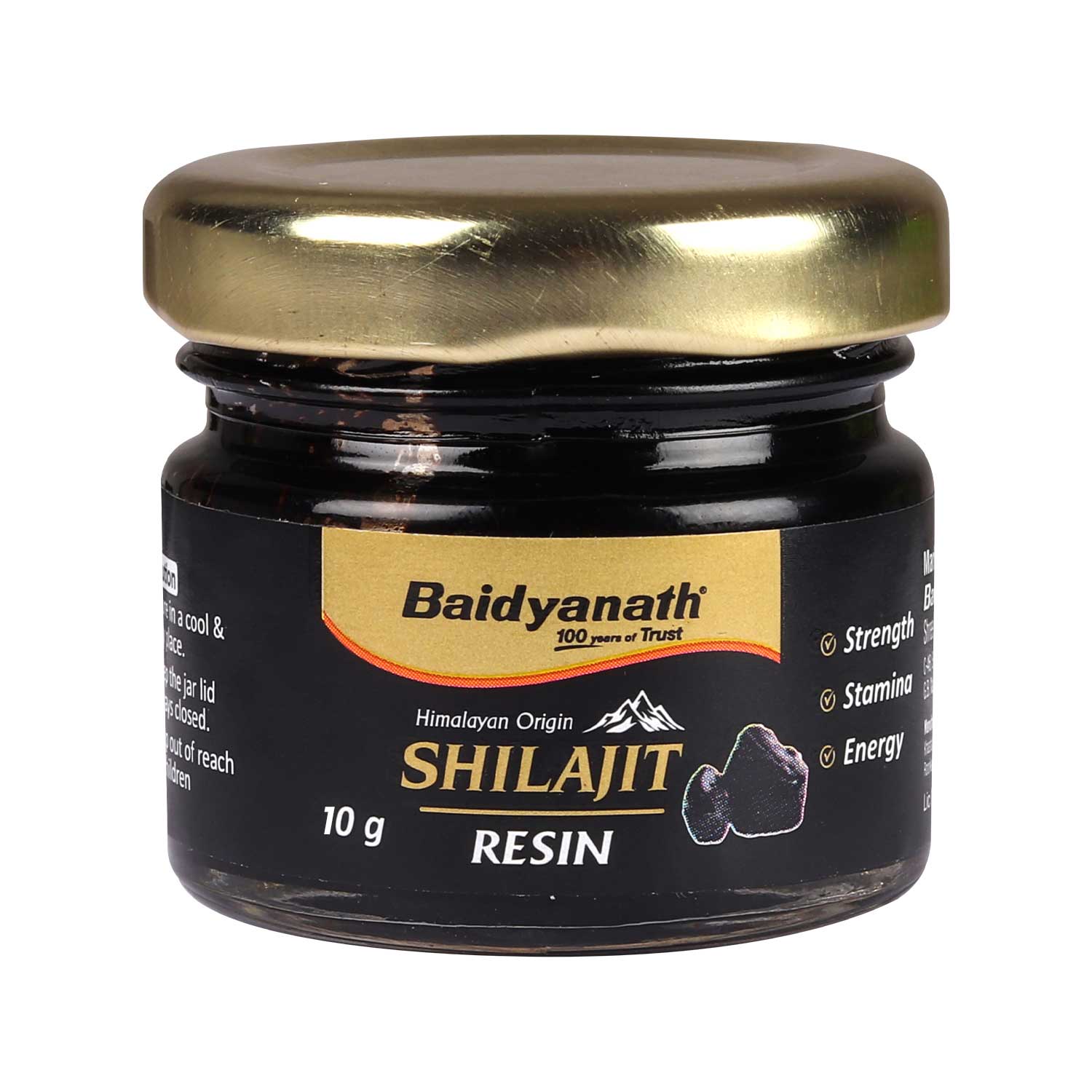Top 10 Bhasmas in Ayurveda and Their Traditional Benefits

Ayurveda has a history of thousands of years, hence providing an extensive set of natural remedies. Bhasmas are certainly among the most unique and fascinating elements, being the specially processed ashes of metals, minerals, and marine substances used in a fair number of classical formulations.
The bhasmas are not to be used carelessly; instead, they undergo a strict series of preparation procedures that include purification and treatment. The end result is like fine powders that are ready to be consumed in small amounts.
In this blog, we will explore some of the most popular bhasmas in Ayurvedic texts and formulations, focusing on the traditions and reported uses that have shaped their place in Ayurveda.
1. Swarn Bhasma (Gold Ash)
What it is: Made from purified gold, this bhasma is purified and reduced multiple times with herbs.
Traditional context: Swarn Bhasma holds an important place in classical Rasayan shastra. It's often used in small, carefully measured quantities and combined with herbs like Ashwagandha or Brahmi.
Reported traditional applications:
-
- Often featured in formulations designed to support the nervous system.
-
- Used in Rasayana preparations meant to help promote overall robustness.
-
- Sometimes included in blends aimed at maintaining balance in older individuals.
2. Rajata Bhasma (Silver Ash)
What it is: Silver is purified and then processed through repeated heating cycles to form this fine ash.
Traditional context: Common in cooling formulations, Rajata Bhasma has been used in Ayurvedic preparations focusing on mental clarity and mood balance.
Reported traditional applications:
-
- Included in preparations that soothe aggravated pitta dosha.
-
- Referenced in literature for its support in managing heat-related concerns.
-
- Combined with herbs like Shankhpushpi and Jatamansi in traditional practices.
3. Tamra Bhasma (Copper Ash)
What it is: This bhasma is derived from copper, purified and processed multiple times with herbal support.
Traditional context: Tamra Bhasma has traditionally been linked to digestive processes and liver support.
Reported traditional applications:
-
- Often referenced in texts dealing with sluggish digestion or imbalanced agni.
-
- Commonly included in liver support formulations.
-
- May be used with Triphala or other detox-supporting herbs.
4. Abhrak Bhasma (Mica Ash)
What it is: Abhrak refers to biotite mica, which undergoes burning multiple times (sometimes up to 1000 times) with various herbal liquids.
Traditional context: Known for its healing qualities, this bhasma is used in multiple Ayurvedic formulations.
Reported traditional applications:
-
- Commonly found in tonics meant to support respiratory ease.
-
- Sometimes used to help maintain balanced energy levels and rejuvenation.
-
- Often useful in loss of appetite and acid reflux and other stomach issues.
5. Lauh Bhasma (Iron Ash)
What it is: Prepared from iron, this bhasma undergoes strict purification to eliminate toxicity and enhance absorption.
Traditional context: Lauh Bhasma is typically referenced in contexts dealing with blood and circulatory health.
Reported traditional applications:
-
- Found in traditional remedies for promoting overall strength and nourishment.
-
- Believed to help fight iron deficiency.
-
- Often Combined with herbs like Guduchi and Mandur in traditional formulations.
6. Mandur Bhasma (Ferric Oxide Ash)
What it is: Derived from rusted iron, Mandur Bhasma is processed similarly to Lauh Bhasma but with specific herbal additions.
Traditional context: Mandur Bhasma is referenced in Ayurvedic texts for its relevance to liver function and metabolic clarity.
Reported traditional applications:
-
- Often used in formulations aiming to support detoxification.
-
- Included in preparations for balancing digestive and excretory systems.
-
- Can be paired with Haritaki or Chitrak to support gastrointestinal ( stomach/gut) functions.
7. Yashad Bhasma (Zinc Ash)
What it is: Zinc is purified until it transforms into a fine, gray-white ash.
Traditional context: Traditionally included in Ayurvedic immune-support formulations.
Reported traditional applications:
-
- Often helps maintain bone and joint health
-
- Sometimes included in formulas intended to help support the body's natural defense systems.
-
- Commonly used in male reproductive health tonics.
8. Shankh Bhasma (Conch Shell Ash)
What it is: Derived from purified conch shells, this bhasma is primarily composed of calcium carbonate.
Traditional context: Known for its antacid properties in Ayurveda, Shankh Bhasma is widely used in digestive formulations.
Reported traditional applications:
-
- Commonly used in cases of acidity and heartburn in classical treatments.
-
- Believed to support smoother digestive functioning same as in cases of acidity and heartburn.
-
- Often used alongside herbs like Amla or Trikatu.
9. Godanti Bhasma (Gypsum Ash)
What it is: Godanti Bhasma is prepared by purifying and calcining gypsum.
Traditional context: Traditionally used to manage fever conditions.
Reported traditional applications:
-
- Sometimes included in formulas for managing discomfort associated with heat or fever.
-
- Known to help with headaches and body aches.
-
- Often helps in acid reflux and indigestion.
10. Kapardak Bhasma (Cowrie Shell Ash)
What it is: Made from cowrie shells, this ash is rich in calcium and other minerals.
Traditional context: Kapardak Bhasma has been included in traditional Ayurvedic recipes focusing on digestive and acid balance.
Reported traditional applications:
-
- Used in preparations for addressing imbalances in gastric secretions.
-
- Sometimes included in formulations for worms and digestive issues in children.
-
- Supports liver health
Understanding the Benefits of Bhasma in Ayurveda
Ayurvedically, the benefits of bhasma are often described from the perspective of Ayurveda's focus on balance and personalization. Rather than curatively treating a condition based on symptoms, Ayurveda attempts to restore the body's lost equilibrium. In this respect, bhasmas are considered very powerful remedies and are advised to use with utmost care and precision.
Their traditional preparation ensures that heavy metals or minerals are made to be safe through the detoxification and purification process. Classical texts mention how their tiny particles, when prepared correctly, integrate smoothly with herbal formulations and the body's tissues.
Closing Thoughts
Bhasmas (or pharmaceutics) reveal deep insights into the art of Ayurvedic pharmacology. While the modern world is just beginning to consider these ancient preparations as therapeutics on a scientific basis, the wisdom concerning such treatments continues to remain of cultural and therapeutic value to many.
Usually, when following any procedure from Ayurvedic treatment, one should get professional advice from a certified Ayurvedic doctor. Such personalization ensures that the formulations are used properly to provide maximum benefits with individual body types.
Most Searches : Baidyanath, Sitopaladi Churna, Badam Oil, Triphala Churna, Swarna Bhasma Benefits, Liverol Syrup, Isabgol, Ayurvedic Clinic Near Me, avipattikar churna, swarna bhasma, shankhpushpi.
No comments











0 comments